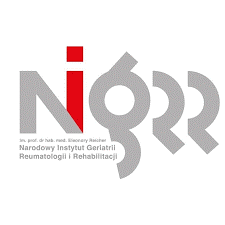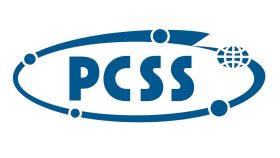Współpracują z nami:
 |
 |
 |
| Obserwatorium Astrogeodynamiczne CBK PAN | Centrum Nauk Fizycznych i Technologii, Litwa | Główny Urząd Miar |
 |
 |
 |
| Instytut Łączności -Państwowy Instytut Badawczy | KenBIT | Narodowy Instytut Geriatrii, Reumatologii i Rehabilitacji |
 |
 |
 |
| Pendulum Instruments | PikTime Systems | Poznańskie Centrum Superkomputerowo-Sieciowe |
 |
 |
 |
| SiDLY | TELDAT | Wojskowy Instytut Medycyny Lotniczej |
 EN
EN PL
PL
